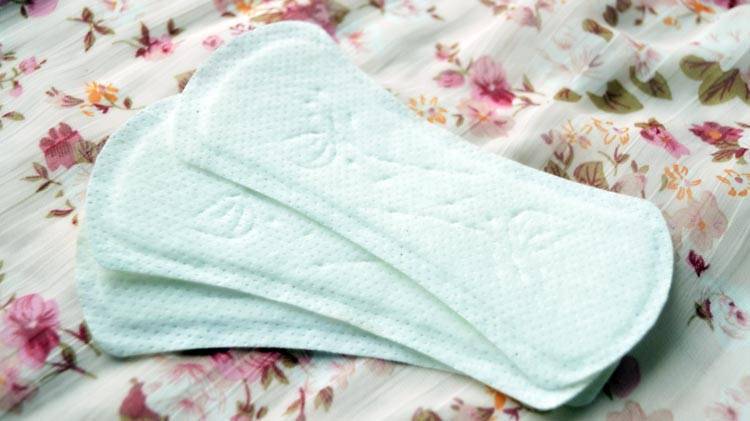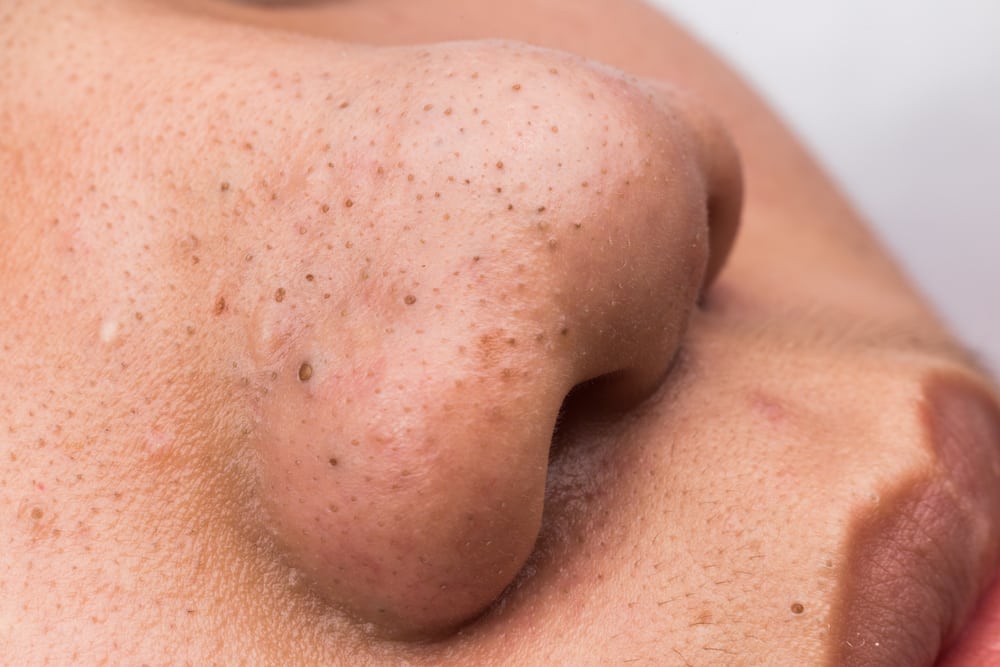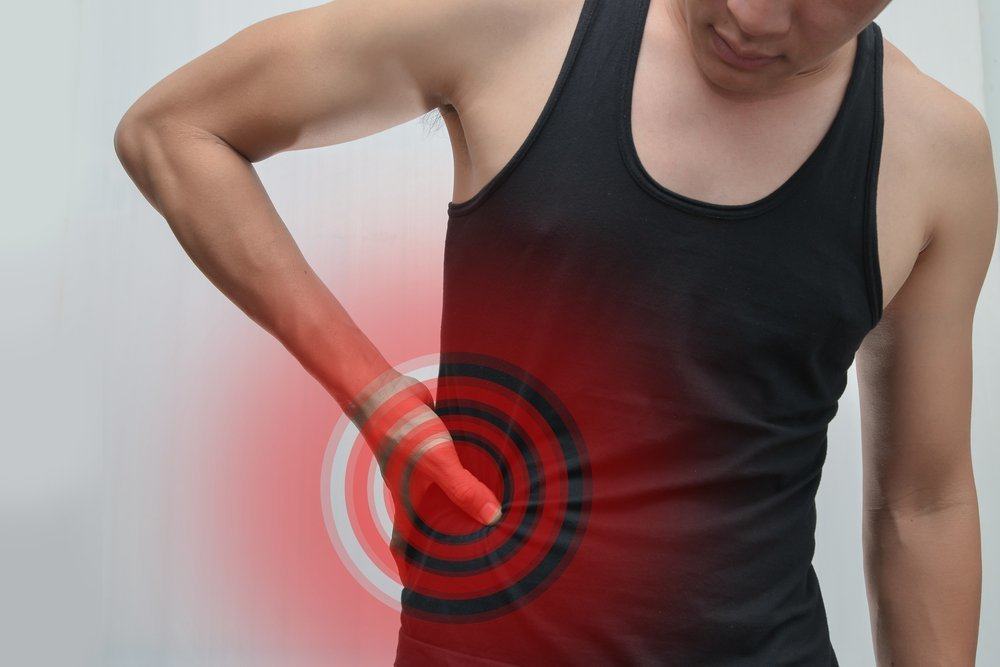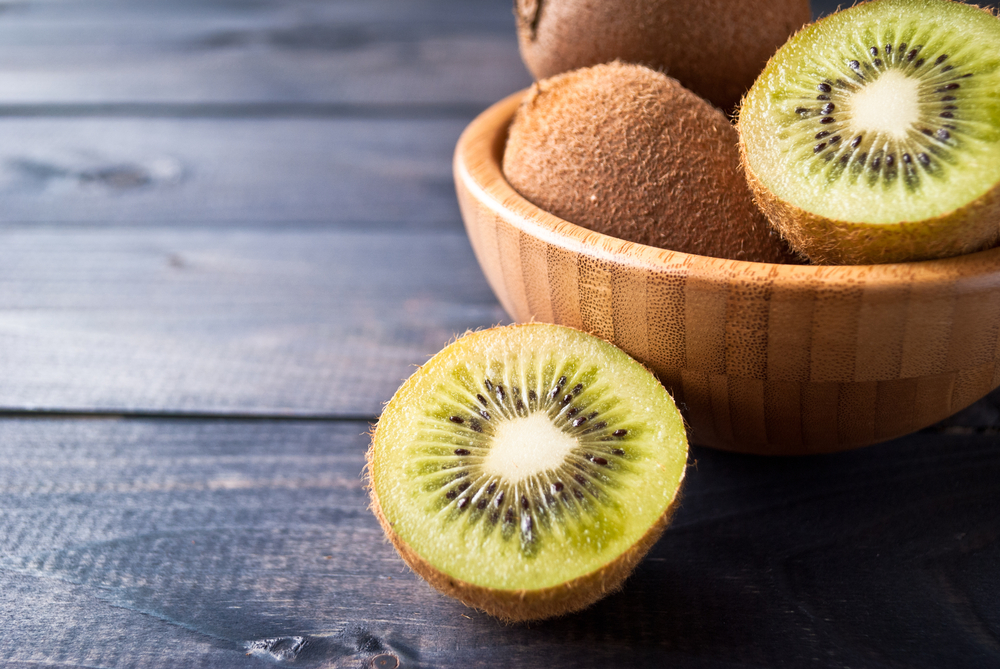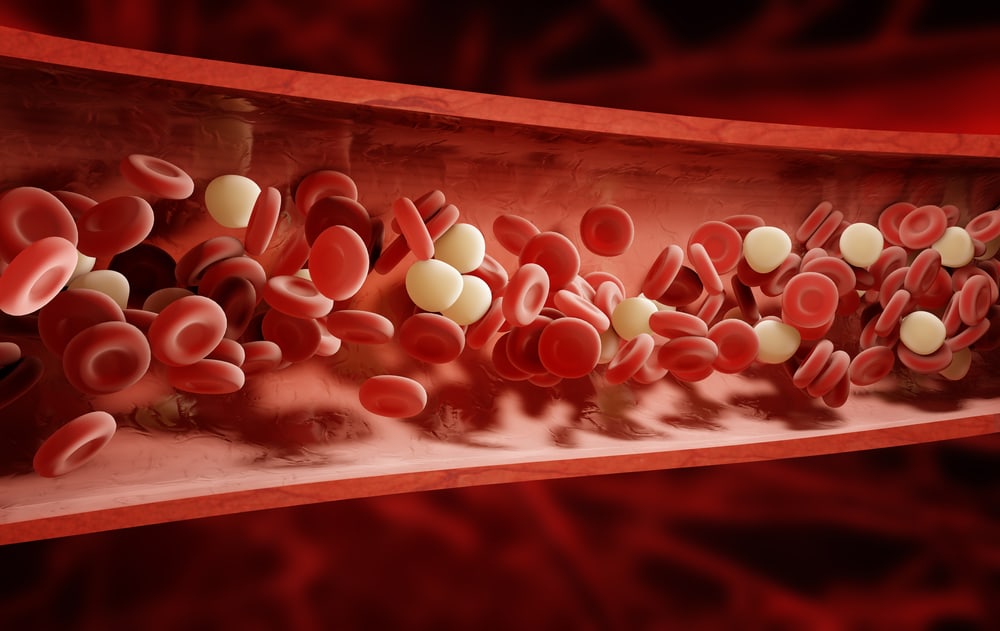Contents:
Medical Video: G Spot Orgasm - Difference between Clitoral and G Spot Orgasm
Unlike men, the road to a woman's orgasm is not as easy as turning the palm of her hand. Some women can climax with vaginal penetration, aka G-spot stimulation. Others can only reach orgasm through clitoral stimulation. But what is the difference between the clitoris and the G-spot?
About the clitoris
What is a clitoris?
The clitoris is physically the same as the male penis head. But this is the only organ in the human body that is intended solely for physical arousal. Although there are many locations in both male and female bodies that function as arousal points, such as the penis or nipples, these organs also serve other humanitarian purposes, such as reproduction. Meanwhile, the clitoris has no reproductive function at all besides giving pleasure to women.
The outer part of the clitoris contains about 8,000 sensory nerve fibers. This is why the clitoris has not only been named the most sensitive part of a woman's body, but also far more sensitive than the penis, which is only home to around 4 thousand nerves.
Where is the clitoris?
The clitoris is an organ like a small button that swells to become larger when aroused. It is located in the upper part of the vulva (visible outside of the genitals), just above the urethra (urinary tract) and vaginal opening, protected under the clitoral covering.
Not many people know that the clitoris is actually not just a small pink bump. The clitoris that looks visible to the eye is only the tip of the branching structure that forms the inverted Y letter.
The clitoris hidden in the body consists of two corpora cavernosa (erectile tissue in the form of a pair of sponge-like tubes), which also form two pairs of crura (legs) that branch up to nine centimeters in length.
How does the clitoris work?
Sex organs, penis and vagina, are formed from the same embryonic cells, and both have similar ways of working because they are connected to the same nervous system. In fact, the outer part of the clitoris, the small button that you can see with the naked eye, can be likened to the head of the penis - also called the glans in the medical world.
The way it works when aroused is similar to that of an erect penis. Blood flow from the heart will fill the two corpora cavernosa until it expands, making the clitoris expand. After orgasm, the tension slowly disappears and the clitoris again shrinks to its normal size.
How do you stimulate the clitoris to reach orgasm?
Many theories circulate about the best method for stimulating orgasm through the clitoris: manual, oral, or indirect stimulation through vaginal penetration. However, there are some basic guidelines to get started:
- Use light and slow pressure. This area is very sensitive, and the orgasm experience will be even more optimal if it is built from a slow start, but increasingly intense.
- Also stimulate the area around the clitoris. The clitoral head has more than five thousand nerves, but these fibers also radiate to the surrounding area. Direct stimulation can feel overwhelming and become uncomfortable for some women. So, variations in maneuvering are the key.
- Adjust speed. Regular hand pressure or movement, but sustained will be far more successful at producing orgasms than careless, inconsistent touches.
About the G-spot
What is a G-spot?
The G-spot is said to be a walnut-sized nerve end bundle in the vagina that if stimulated, like the clitoris, can make you orgasm faster and stronger than just conventional penetrative sex. The G-spot orgasm sometimes results in ejaculation. That is, some women can spray fluid (not urine) out of the area near the urethra during orgasm.
Where is the G-spot?
The existence of the G-spot is arguably controversial because there is no agreement on what form and location exactly of this G-spot. Some women report being able to experience orgasm through G-spot stimulation while others don't feel anything. But calm, there is nothing wrong with both. What works well for some women is not necessarily as effective as others.
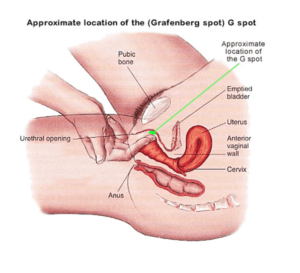
According to those who are pro about the existence of the G-spot, the location of this sensual area is located in the vagina, behind the front wall of the vagina (towards the navel) around the middle of the road between the opening of the vagina and cervix. The G-spot feels rough, uneven like a sponge when touched and can expand.
The complexity of finding a G-spot is like looking for treasure. When inserting a finger into the vagina, imagine the gate of the vaginal opening like a wall clock. With a finger straight forward, towards the pelvic bone, it is at 12 o'clock and pressing down towards the anus is at 6 o'clock. The G-spot of most women is at 12 o'clock, about 2-5 cm from the vaginal entrance.
How to stimulate the G-spot to reach orgasm?
Women's fingers can sometimes be too small or short to reach inside so sex toys or partner fingers might be easier to help bring you orgasm. During masturbation, rather than lying down, it may be easier to reach orgasm through the G-spot if you squat and reach inside. But make sure you are passionate about it first.
When penetrative sex, a man can position the angle of entry of his penis to rub the female G-spot with in and out in general. However, the position from behind, aka doggy style, is the most recommended position to bring orgasm through G-spot stimulation. The key is to have the woman rest on her elbows to give the man a more promising angle.





